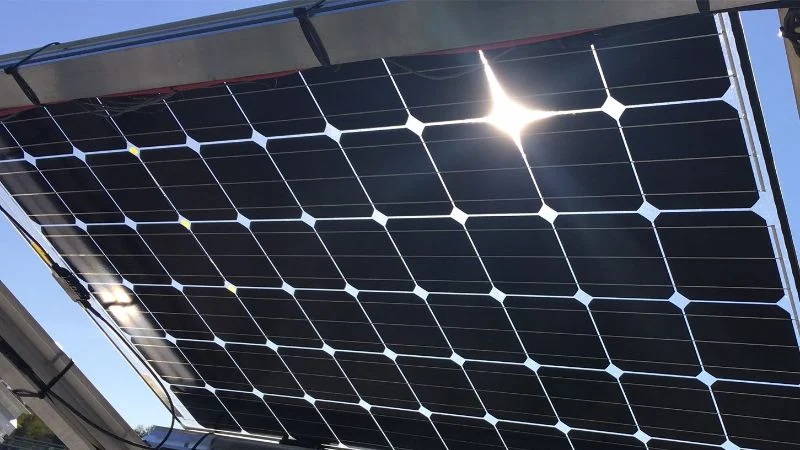Bifacial Solar Panels: Doubling Efficiency for a Greener Tomorrow

As the global demand for clean, renewable energy rises, solar technology continues to evolve in remarkable ways. One of the most promising advancements in this arena is bifacial solar panels. Unlike traditional monofacial panels that only capture sunlight from one side, bifacial panels are designed to absorb light from both their front and rear surfaces—effectively doubling their efficiency. This innovative technology is paving the way toward a greener and more sustainable tomorrow.
How Bifacial Solar Panels Work
The secret lies in their design. Bifacial panels consist of solar cells encased between two layers of transparent material, often tempered glass. While the front side of the panel absorbs direct sunlight like conventional panels, the rear side captures reflected light from the ground and surrounding surfaces. This dual absorption capability significantly boosts energy output, particularly in environments with high reflectivity, such as snow-covered landscapes or areas with light-colored ground.
The Advantages of Bifacial Solar Panels
- Higher Energy Yield: By utilizing both direct and reflected sunlight, bifacial panels can achieve up to 20-30% more energy production compared to monofacial panels. This makes them ideal for maximizing efficiency in a limited installation space.
- Durability: The tempered glass encasing adds extra durability, making these panels resistant to harsh weather conditions and physical stress.
- Cost-Effective Over Time: Although the initial investment may be higher, the increased energy output and longevity translate to better cost efficiency over the lifespan of the panels.
- Versatility in Installation: Bifacial panels can be installed in various configurations, including vertical setups or tilted structures, enhancing their adaptability to different environments.
Challenges and Considerations
Despite their numerous advantages, bifacial solar panels do come with some challenges. For instance, their optimal performance depends on specific installation conditions, such as a highly reflective surface beneath the panels. Additionally, their upfront cost is higher compared to traditional panels, which might deter some adopters. However, as the technology matures and production scales up, these barriers are expected to diminish.
Impact on the Solar Industry
Bifacial solar panels are reshaping the solar industry by setting new benchmarks for efficiency and innovation. They are particularly well-suited for large-scale solar farms and commercial installations, where maximizing energy generation is crucial. Moreover, their ability to produce more energy per panel contributes to reducing the overall carbon footprint of solar installations.
Looking Ahead
As the world transitions to renewable energy sources to combat climate change, bifacial solar panels represent a significant leap forward in solar technology. Their ability to harness sunlight from both sides not only boosts efficiency but also signals a broader trend toward smarter, more sustainable energy solutions.
In summary, bifacial solar panels are a testament to human ingenuity and our commitment to a greener future. They are not just an incremental improvement in solar technology but a bold step toward doubling efficiency and empowering the global shift to clean energy. The promise of these panels offers a glimpse of what’s possible when innovation meets environmental responsibility.